How to choose washing water for cleaning pcb circuit boards? Which is better to use?
Browse Volume:1365 Classify:Support
The washing water for PCB boards is mainly used in the electronics industry to remove flux, rosin, welding slag, ink, fingerprints, etc. From circuit boards and SMT stencils. When using an ultrasonic cleaner or other cleaning equipment to clean electronic products such as PCBs, board washing water is also required. This article mainly introduces the mainstream washing water on the market and how to choose it.
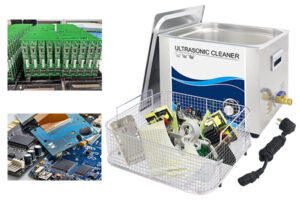
Granbosonic pcb circuit board ultrasonic cleaner
What are the disadvantages of plate washing water?
Various classes and materials of HCFCs are now on the Banned and Restricted Use List. It is not recommended to use HCFC-based solvents as washing water in the production process of electronic circuit board components. Otherwise it will bring environmental risks to manufacturers and damage the physical and mental health of operators.
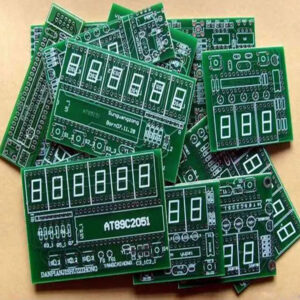
pcb Circuit Board clean
Washing water option 1: water-based cleaning agent
Water-based cleaning processes use water as the cleaning medium. In order to improve the cleaning effect, a small amount of chemicals such as surfactants, cleaning aids, and corrosion inhibitors can be added to the water (generally, the content is 2%-10%).
Depending on the specific conditions of different contamination on printed circuit boards. Additives in water-based cleaners can make cleaning applications more extensive.
In the water-based cleaning process. If used in conjunction with an ultrasonic cleaning machine. The ultrasonic waves in the cleaning solution can generate a large number of small bubbles “cavitation effect”, which can effectively remove insoluble dirt on electronic equipment. Considering the compatibility requirements of printed circuit boards, electronic components and ultrasonic waves. The frequency of ultrasonic waves used for cleaning printed circuit boards is generally around 40KHz.
The aqueous cleaning process includes three processes of washing, rinsing and drying. First, use a water-based cleaning agent with a concentration of 2%-10% in combination with physical cleaning methods such as heating, brushing, spraying, and ultrasonic cleaning to clean the printed circuit board in batches. Then use pure water or ionized water (deionized water) 2 times – 3 times rinse. Then blow dry with hot air.
Washing water option 2: Hydrocarbon cleaner
Hydrocarbon cleaning water can be used for manual scrubbing and local surface treatment wiping. But ensure that the air in the working environment is unobstructed and the concentration is within the standard value range.
Hydrocarbon cleaners have several features:
(1) The cleaning power is weaker than that of chlorofluorocarbons.
(2) Safety risks, especially flammable and explosive safety risks are high. Especially in the case of high air content.
(3) The boiling point is very low. The volatilization speed is fast. The consumption is high. And the cost increases accordingly.
Washing water option three: organic solvent
The solvent cleaning process is relatively simple. You just use the same solvent cleaner for cleaning and rinsing. Since most solvent cleaners are very volatile, no special drying process is required. After the solvent is used up. It can be separated and recovered by distillation and dirt, which not only reduces the cost, but also makes the treatment of waste liquid relatively simple.
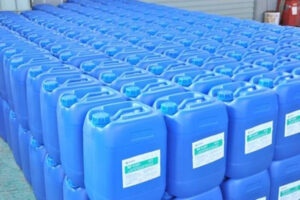
Washing Water for Cleaning pcb Circuit Boards
The solvent cleaning process includes the following:
1. Ultrasonic plus immersion cleaning – spray cleaning – vapor phase rinsing and drying
2. Solvent heating immersion cleaning – cold rinsing – spray cleaning – vapor phase rinsing and drying
3. Gas phase cleaning – ultrasonic plus immersion cleaning – cold rinsing – gas phase rinsing and drying
4. Gas phase cleaning – spray cleaning – gas phase rinsing and drying
With the development of science and technology, the upgrading of plate washing water, the industry cleaning has entered a new era, using semi-hydration and full hydration to replace the traditional plate washing water process, forming a new material and process form to meet the industry’s demand for electronics Requirements for cleaning of circuit board assemblies.
With the development of industrial equipment, the use of ultrasonic cleaning equipment combined with washing machine water is a successful PCB cleaning solution, which can strongly ensure the electrical safety, reliability and stable performance of PCB circuit boards.
More Info
https://www.granbosonic.com/ultrasonic-pcb-cleaner
https://www.granbosonic.com/electronics-ultrasonic-cleaner-2
 Granbo Sonic
Granbo Sonic
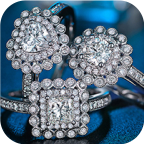
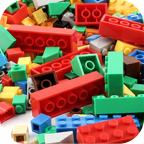
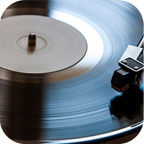
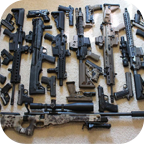
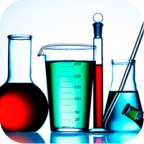
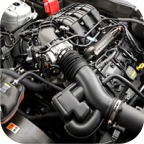
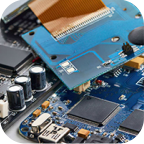
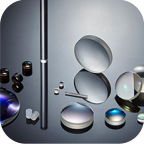
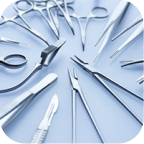
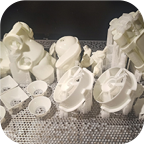
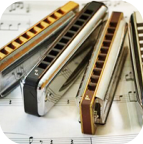



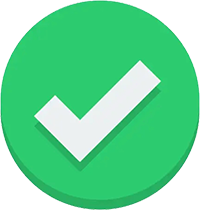
Hello!